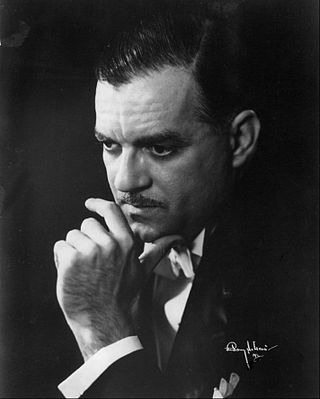
Jorge Bolet was a Cuban-born American concert pianist, conductor and teacher. Among his teachers were Leopold Godowsky, and Moriz Rosenthal – the latter an outstanding pupil of Franz Liszt.

The Waltz in D-flat major, Op. 64, No. 1, sometimes known as "Valse du petit chien", and popularly known in English as the Minute Waltz, is a piano waltz by Polish composer and virtuoso Frédéric Chopin. It is dedicated to the Countess Delfina Potocka.

Karl Tausig was a Polish virtuoso pianist, arranger and composer. He is generally regarded as Franz Liszt's most distinguished pupil and one of the greatest pianists of all time.

Christian Georges Cziffra was a Hungarian-French virtuoso pianist and composer. He is considered to be one of the greatest virtuoso pianists of the twentieth century. Among his teachers was Ernő Dohnányi, a pupil of István Thoman, who was a favourite pupil of Franz Liszt.

The Transcendental Études, S.139, are a set of twelve compositions for piano by Franz Liszt. They were published in 1852 as a revision of an 1837 set, which in turn were – for the most part – an elaboration of a set of studies written in 1826.
The Mephisto Waltzes are four waltzes composed by Franz Liszt from 1859 to 1862, from 1880 to 1881, and in 1883 and 1885. Nos. 1 and 2 were composed for orchestra, and later arranged for piano, piano duet and two pianos, whereas nos. 3 and 4 were written for piano only. Of the four, the first is the most popular and has been frequently performed in concert and recorded.
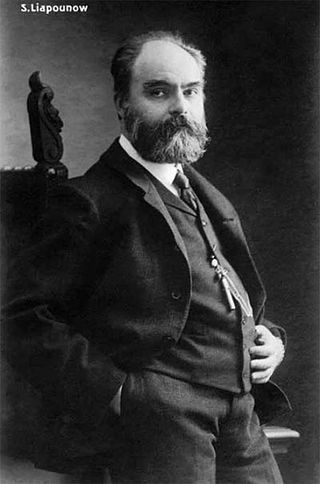
Sergei Mikhailovich Lyapunov was a Russian composer, pianist and conductor.

The Fantasy on Themes from Mozart's Figaro and Don Giovanni, S.697, is an operatic paraphrase for solo piano by Franz Liszt, based on themes from two different Mozart's operas: The Marriage of Figaro, K.492 and Don Giovanni, K.527.
Three Concert Études, S.144, is a set of three piano études by Franz Liszt, composed between 1845–49 and published in Paris as Trois caprices poétiques with the three individual titles as they are known today.
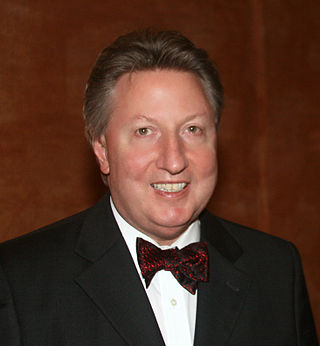
Leslie John Howard is an Australian pianist, musicologist and composer. He is best known for being the only pianist to have recorded the complete solo piano works of Franz Liszt, a project which included more than 300 premiere recordings. He has been described by The Guardian as "a master of a tradition of pianism in serious danger of dying out".
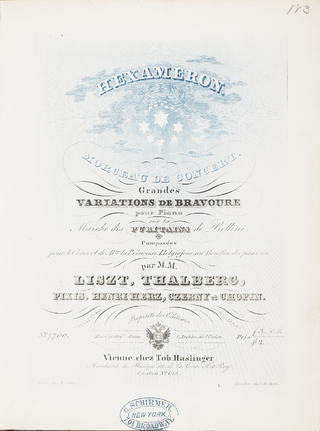
Hexaméron, Morceau de concert S.392 is a collaborative composition for solo piano. It consists of six variations on a theme, along with an introduction, connecting interludes and a finale. The theme is the "suoni la tromba" from Vincenzo Bellini's opera I puritani.
The radical change Franz Liszt's compositional style underwent in the last 20 years of his life was unprecedented in Western classical music. The tradition of music had been one of unified progression, even to the extent of Johannes Brahms' First Symphony being known as "Beethoven's Tenth". Beethoven's own three periods of composition are monolithic and united. Liszt's, by comparison, seem deconstructivist. Replacing pages which in Liszt's earlier compositions had been thick with notes and virtuoso passages was a starkness where every note and rest was carefully weighed and calculated, while the works themselves become more experimental harmonically and formally.

Nikolai Rimsky-Korsakov composed his Piano Concerto in C-sharp minor, Op. 30, between 1882 and 1883. It was first performed in March 1884 at one of Mily Balakirev's Free Music School concerts in St. Petersburg.
The Mephisto Polka is a piece of program music written in folk-dance style for solo piano by Franz Liszt in 1882–83. The work's program is the same as that of the same composer's four Mephisto Waltzes, written respectively in 1859–60, 1880–81, 1882 and 1885 and based on the legend of Faust, not by Goethe but by Nikolaus Lenau (1802–50). The following program note, which Liszt took from Lenau, appears in the printed score of the Mephisto Waltz No. 1:
There is a wedding feast in progress in the village inn, with music, dancing, carousing. Mephistopheles and Faust pass by, and Mephistopheles induces Faust to enter and take part in the festivities. Mephistopheles snatches the fiddle from the hands of a lethargic fiddler and draws from it indescribably seductive and intoxicating strains. The amorous Faust whirls about with a full-blooded village beauty in a wild dance; they waltz in mad abandon out of the room, into the open, away into the woods. The sounds of the fiddle grow softer and softer, and the nightingale warbles his love-laden song.
France Clidat was a French pianist renowned for her interpretations of the works of Franz Liszt, a great many of which she recorded, and Erik Satie, whose complete piano works she recorded.
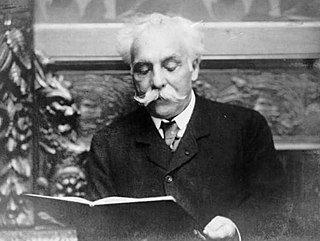
The French composer Gabriel Fauré (1845–1924) wrote in many genres, including songs, chamber music, orchestral pieces, and choral works. His compositions for piano, written between the 1860s and the 1920s, include some of his best known works.
Rondeau fantastique sur un thème espagnol: "El Contrabandista", S. 252, is a classical musical composition for piano solo by Franz Liszt, written in 1836, and published in 1837 as Liszt's Opus 5 No. 3. It is based on a Spanish song popular at that time. It lasts approximately 8–9 minutes according to the high tempo Liszt assigned, though most pianists play it slower due to its incredible difficulty.
Weihnachtsbaum is a suite of 12 pieces written by Franz Liszt in 1873–76, with revisions in 1881. The suite exists in versions for solo piano and piano four-hands. Weihnachtsbaum does not demand great virtuosity, and it has been described as a distant relation of Schumann's Kinderszenen and Debussy's Children's Corner. It occupies an unusual place in Liszt's output, and it may be for these reasons that it has received relatively little attention from performers.
The Consolations are a set of six solo piano works by Franz Liszt. The compositions take the musical style of Nocturnes with each having its own distinctive style. Each Consolation is composed in either the key of E major or D♭ major. E major is a key regularly used by Liszt for religious themes.
The following is a list of the recordings of the pianist György Cziffra.










